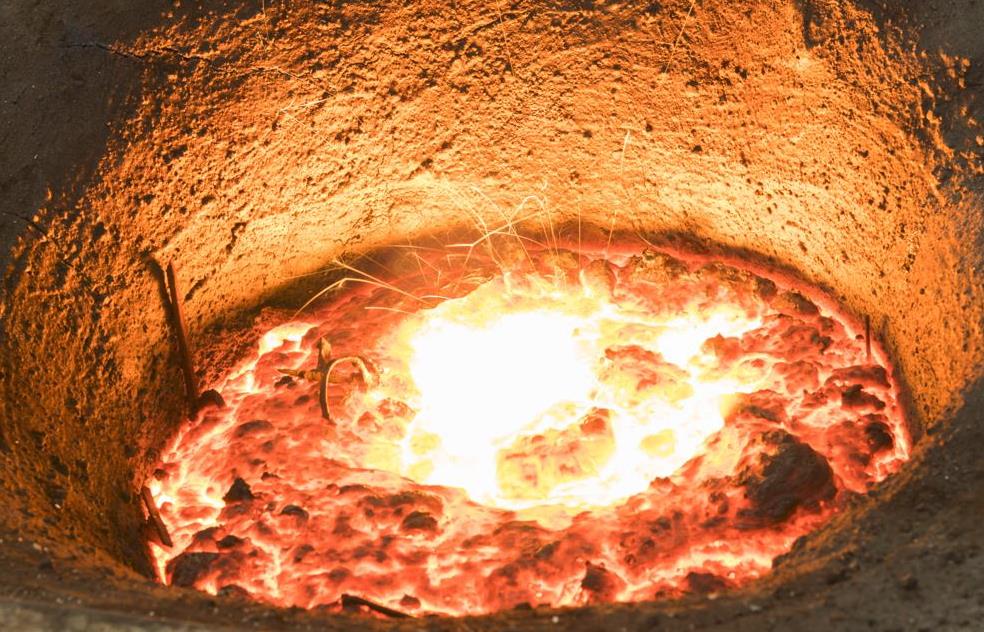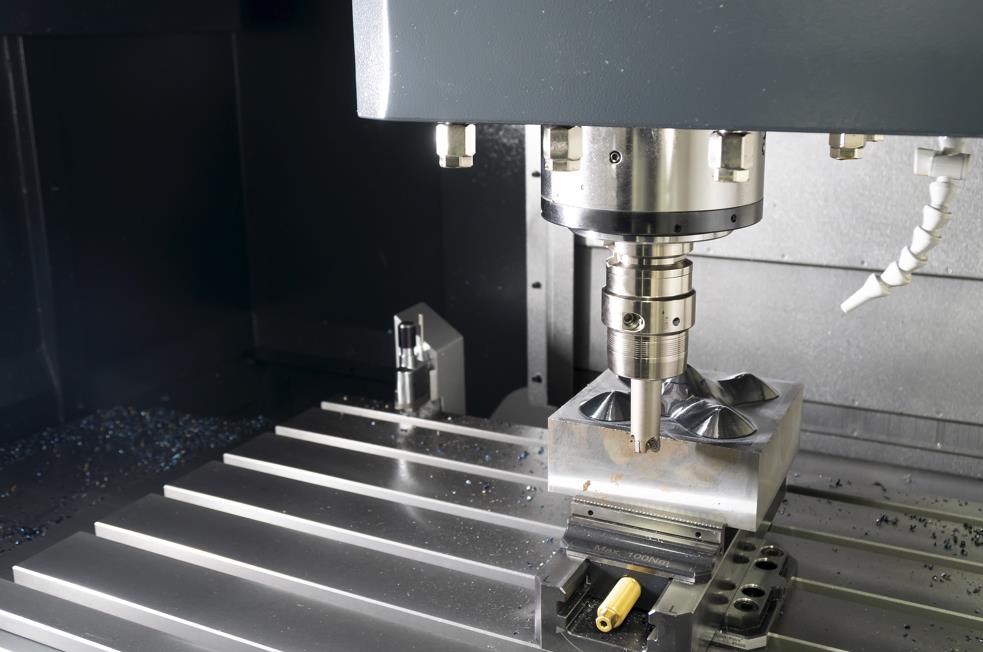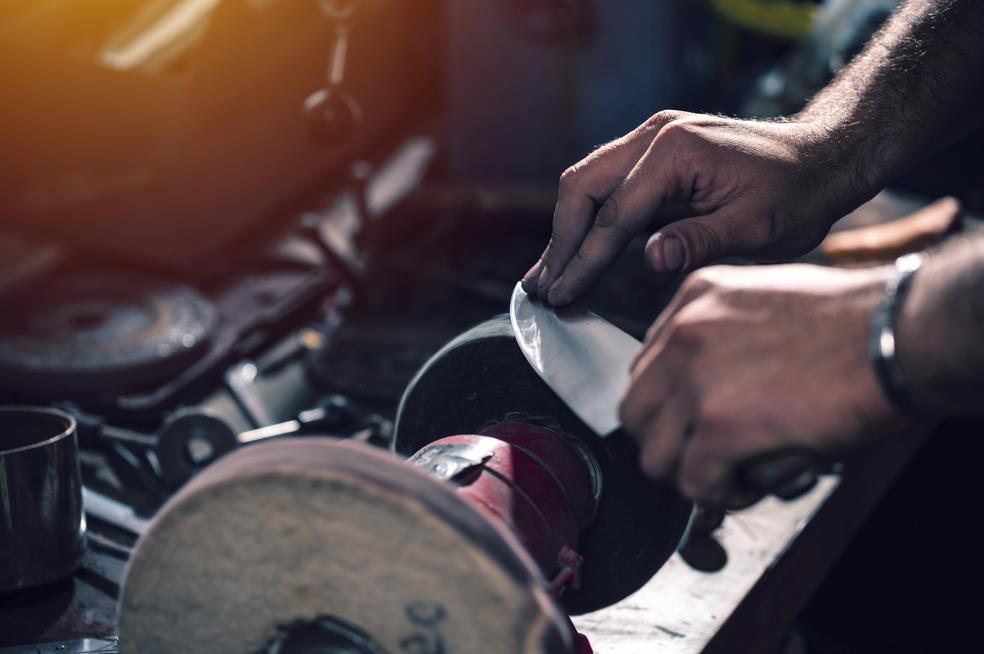The experience of using a Japanese kitchen knife is hard to describe with words. They are incredibly sharp, well-balanced, thin, and overall just works of art. Japanese kitchen knives have so many advantages to them but are delicate instruments.
The hard steel combined with an extremely thin blade profile makes them more susceptible to chipping and other damage, especially to the edge. Undoubtedly, these knives need more upkeep and should be in hands that know what they’re doing.
If you want a Japanese knife but are afraid of getting it rusty, not able to look after it, or chipping the edge, the chances are a knife made from VG-10 steel is one of the best options for you. This Japanese steel is stainless with high carbon content. With a VG-10 steel knife, expect awesome edge retention and the carefree attributes of any other stainless steel knife.
In this article, we’ll cover everything you need to know about the VG-10 steel and compare it with other types of steel in Japanese knife-making.
Table of contents
History of VG-10 steel
VG-10 steel was invented by the Japanese steel manufacturer Takefu Special Steel Co. Ltd. about 60 years ago in Takefu, Fukui Prefecture. The company is known for its V-series laminated steel like the V-1, V-2, VG-1, VG-10, and V-Gin1.
The letter G in the V-series stands for gold. Steel and gold surely have plenty of differences, but having a kind of steel as hard as high carbon steel and corrosion-resistant is extremely precious for Japanese chefs. This pretty much explains the gold labeling for the VG-10 and other steel from the V series.
Nowadays, many steel manufacturers utilize their versions of VG-10 stainless steel though the chemical composition remains pretty much the same.
VG 10 steel composition

As mentioned, VG-10 is stainless steel. For steel to resist corrosion, it has to contain over 10.5% Chromium, and VG-10 is well above that range at 15%. Most stainless steel for kitchen cutlery is above this range, but this isn’t VG-10’s strongest attribute. It has 1% carbon, which technically makes it high carbon steel as it has more carbon content than the minimum threshold.
Here is the complete composition of VG-10 steel.
- Chromium: 15%
- Chromium gives the steel corrosion-resistant attributes and is the most important alloy for stainless steel.
- Cobalt: 1.5%
- Cobalt allows for higher quenching temperatures and contributes to hardening and strengthening the steel at high temperatures.
- Carbon: 1%
- Carbon increases the strength and hardness of the steel while further enhancing hardenability. These features make carbon the most vital steel alloy for kitchen knives.
- Molybdenum: 1%
- Molybdenum further improves the corrosion resistance of the steel. It also increases the steel’s tensile strength and reduces the required quenching rate, improving the overall strength and hardness.
- Vanadium: 0.2%
- Vanadium refines the steel’s grain structure, helping the steel increase hardness and become wear-resistant.
All of these give VG-10 steel great durability, edge retention and hardens it as much as many types of carbon steel. With an HRC rating of 61, VG-10 is one of the toughest stainless steel for making kitchen knives.
Main features of VG 10 steel as a knife metal
VG-10 steel’s top qualities are fantastic edge retention and easy sharpening. This comes with a few downsides, which are up to you to weigh down with the advantages. Here are the main traits you’ll find in a VG-10 stainless steel kitchen knife.
Hardness

In the Rockwell hardness scale, VG-10 steel has a hardness of 61 HRC. This by far exceeds many other types of steel in terms of hardness. Any steel with an HRC rating of more than 59 is generally thought to be premium steel.
However, hardness doesn’t always equal good. When steel is harder than 64 HRC, it becomes too brittle and can chip easily. VG-10 is a bit on the lower end of what we consider hard steel. That’s why VG-10 is pretty much the first stainless steel that comes to mind for Japanese kitchen knives. It is hard enough, yet soft enough to endure stress in the kitchen.
Edge retention
The harder the steel, the longer the edge lasts. This applies to all kinds of blades, from kitchen knives to swords to any cutlery. VG-10 steel has incredible edge retention that can hold a sharp cutting edge for a long time. It is one of the best considerations for anyone that wants to get ahold of a stainless steel knife with almost carbon steel level edge retention.
The first manufacturer of the VG-10 steel purposely targeted Japanese chefs, not home cooks. Because Japanese chefs favored high carbon steel for holding an edge for prolonged periods, VG-10 had to provide something close to it, and it does. You can work with a knife made from VG-10 for multiple hours nonstop and still have a sharp enough edge that can cut through ingredients effortlessly.
Durability
The edge retention and hardness don’t mean much if your knife doesn’t last long. Although it is stainless steel, the hardness of VG-10 blades is still high enough to be considered more brittle than a typical German or French knife.
Because of this, they may not last as long if continuously used on heavy-duty work like cutting through dense ingredients and bones. For example, most cleavers have an HRC rating of 54 to 58. Although these are close numbers to the VG-10’s HRC rating, there’s a big difference.
Anyhow, this isn’t to say that VG-10 is not durable. It is hard enough to bear a lot of stress, and cutting through somewhat dense foods like poultry bones won’t pose a challenge. VG-10 kitchen knives are by far more durable than the average store-bought blade.
Sharpening

Being considerably hard, VG-10 steel kitchen knives take about 10 to 30 minutes to sharpen. The single bevel kitchen knives like the Deba or Honesuki take less time, as you only sharpen one side of a single bevel blade.
This means less pull and push on the whetstone, allowing you to preserve energy to focus on what matters – turning ingredients into dices and other cuts. With the incredible edge-retention VG-10 steel has, sharpening even for a little while will be worth the effort.
The ease of sharpening and the ability to hold the sharp edge for a long period is one of the strongest attributes of VG-10.
VG 10 vs VG 1 steel
Both VG-10 and VG-1 steel come from the same manufacturer, Takefu Special Steel Co. Ltd. There aren’t significant differences between the two, but VG-1 is considered by some to be better overall. However, these claims are mostly based on numbers that don’t have significant impacts on a kitchen knife.
The chemical composition of VG-1 is different than VG-10. It can have 0.05% less or more carbon and 2% Chromium, and 0.6% to 0.08% less Molybdenum in addition to containing 0.25% Nickel. Having less Molybdenum makes VG-1 less wear-resistant, but the Nickel increases oxidation resistance at higher temperatures.
Unlike VG-10, VG-1 steel doesn’t have Cobalt. This element plays a major role in strengthening the steel, as it allows for higher quenching temperatures and boosts the attributes of other alloying elements.
Although it isn’t simple as many factors go into making a kitchen knife, you’ll have more wear-resistant than VG-1 with a VG-10 steel knife but also less rust resistance. Lastly, VG-1 is also utilized to make scissors for hairdressers and food-processing machine blades.
VG 10 steel vs. high carbon steel
VG-10 steel is technically high carbon steel but stainless. The typical carbon steel doesn’t contain Chromium; therefore, they are not as resistant to corrosion.
In most cases, a high carbon steel knife will hold an edge longer, have a higher wear resistance and sharper edge than any stainless steel. These will come at the expense of upkeep. Your high carbon steel knife will be happier when you dry the blade between tasks, wash it immediately after use, and apply mineral oil when storing. This will prevent oxidizing the blade, which can cause rust if overlooked.
Not to say that these aren’t recommended with stainless steel knives, but they are a lot more forgiving than their high carbon steel counterparts.
Should you get a VG 10 steel kitchen knife?
VG-10 steel is an excellent choice for those looking for a knife with increased hardness and superb edge retention that resists oxidation. It is a notable option if you’re not up for the care requirements of carbon steel knives though they are minimal.
Knives made from VG-10 stainless steel can cost you anywhere between $75 and $200, depending on size, type of blade, and other details. It is within the range of most home cooks and aspiring chefs alike.
If the anti-corrosive attribute of stainless steel knives is what you favor and you want a durable knife with great edge retention, VG-10 is one of the best options. Don’t mind looking after your knife just a bit more? A high carbon steel blade might be a better option for you overall.
Conclusion
VG-10 steel resists corrosion and has high carbon content, making it long-lasting in the kitchen environment, and has proven itself to be one of the best Japanese stainless steel. When looking for stainless steel Japanese knives, you’ll often see the VG-10 steel blades, both online and in stores.
Read more on our blog to discover more about kitchen knives and shop handmade high carbon steel knives on the HDMD Store.









